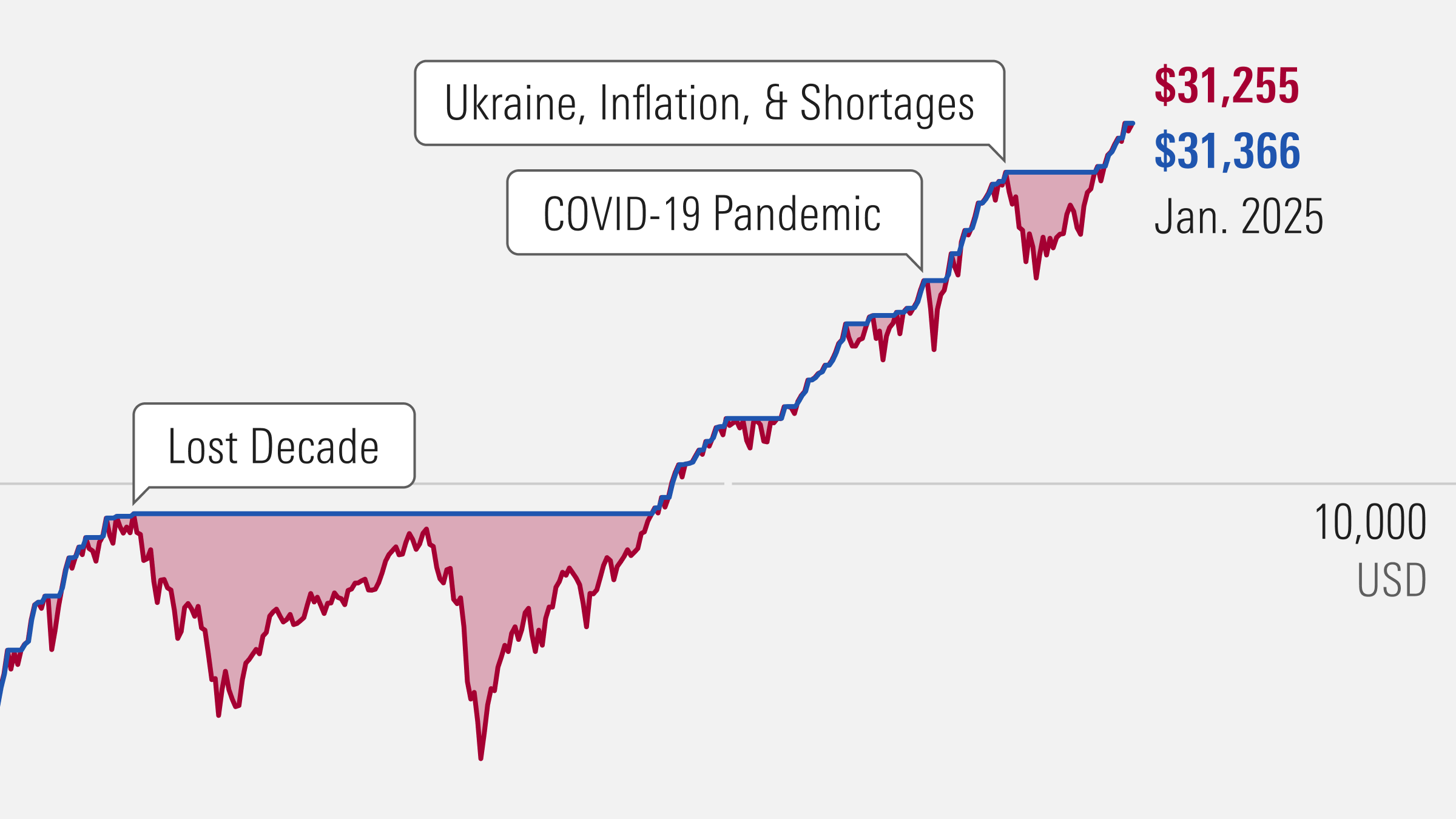Procter & Gamble (PG) is working to course-correct from entering too many new markets quickly and failing to bring new products to market that win with consumers, particularly emerging markets, where competitors already have a leg up.

Trusted manufacturers like P&G are critical to retailers, which are reluctant to risk costly out-of-stocks with unproven suppliers

However, P&G efforts to shed around 100 brands – more than half of its brand portfolio, which in aggregate posted a 3% sales decline and a 16% profit reduction the past three years – indicates it's parting ways with its former self to become a more nimble and responsive player in the global consumer products arena. We view this as important given the stagnant growth emanating from developed markets and the slowing prospects from emerging regions.
Given its leading brand portfolio and vast resources, we contend P&G is a critical partner for retailers. And we don't think this will change as the firm slims down, the 65 brands it will keep already account for 90% of the firm’s top line and 95% of its profits. This includes the 21 that generate $1 billion-$10 billion in annual sales, and another 11 that account for $500 million-$1 billion in sales each year.
By supplying products across multiple categories, such as fabric care, baby care, feminine care, and grooming among others, trusted manufacturers like P&G are critical to retailers, which are reluctant to risk costly out-of-stocks with unproven suppliers. As such, we doubt P&G will sacrifice its scale edge but will be able to better focus its resources, both personnel and financial, on its highest-return opportunities.
Further, P&G is driving efficiency gains with its $10 billion cost-saving initiative by reducing overheads, lowering material costs from product design and formulation efficiencies, and increasing manufacturing and marketing productivity. Overall, we think the combination of these efforts will enable P&G to up its core brand spending behind product innovation and marketing, which is key given the ultra-competitive landscape in which it plays, while resulting in improved profitability.
We forecast margin expansion at the gross, up around 200 basis points to 51% relative to the last five years, and operating income line, up 400 basis points to 24%, over our explicit forecast.






























